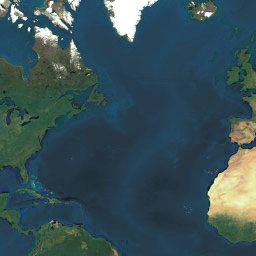

the spacecraft will take 3d pictures of almost all rivers wider than 330 feet (100 meters) and measure ocean beplay账号找回 less than 60 miles (100 kilometers) across. these antennas send radar pulses to the water’s surface and pick up the signals that come back. on the satellite, each antenna is at the end of a 33-foot-long (10-meter-long) boom. earlier satellites in space could not determine the depth of earth’s water bodies.īut the karin radar can take measurements even when there are clouds in the sky or when it’s dark at night.
/cdn.vox-cdn.com/imported_assets/1681449/3oXvh.png)

one thing that makes it hard to get accurate readings are river banks - it’s hard to get a grip on the size of rivers with steep banks. Real-Time Imagery Interactive Maps The World in Real-Time NOAA's two operational geostationary environmental satellites cover the western Pacific Ocean to the eastern Atlantic Ocean, while the operational polar-orbiting satellite circles the earth, providing coverage of the entire globe each day. current ground and satellite monitoring only collect data on a few thousand of the world’s largest lakes, but swot will increase that number to over one million.Ĭurrently, to study bodies of water, researchers use instruments like river or ocean gauges that measure specific locations. the combined efforts of the antennas enable scientists to map surface water in two dimensions. karin sends radar pulses from one of the antennas that reflect off the earth’s surface, and the return signal is picked up by both antennas working together. Swot’s ka-band radar interferometer, or karin, will be able to find details that are 10 times finer than the information sensors at sea level can retrieve. Also read: nasa’s juno to make closest flyby to jupiter’s largest moon


 0 kommentar(er)
0 kommentar(er)
